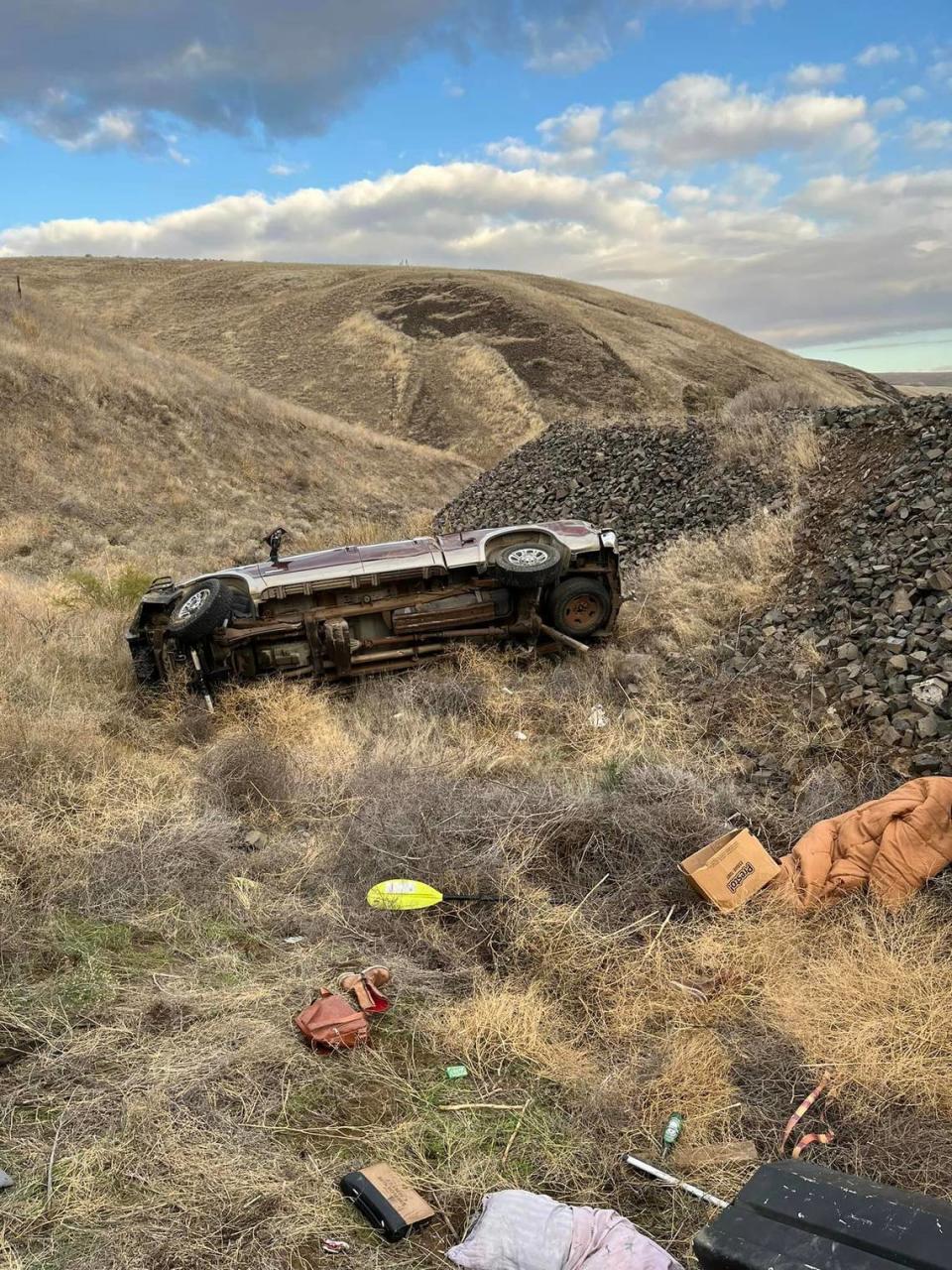The life-saving technology working to combat drunk driving before accidents occur | Opinion
As a program specialist for Mothers Against Drunk Driving in Sacramento, I work with victims and survivors every day whose lives have been devastated by impaired drivers. I share those painful stories with audiences in high schools, middle schools and law enforcement training classes.
I can now give those victims, families and law enforcement heroes a ray of hope that advanced auto safety technology will stop the scourge of impaired driving.
Opinion
The technology is required by the HALT Drunk Driving Act, a provision in the bipartisan Infrastructure Investment and Jobs Act passed by Congress and signed into law in November 2021. Thanks to that law, every new car could come equipped with advanced drunk and impaired driving prevention technology as early as 2026.
The law requires a new national safety standard for passive, advanced impaired driving prevention systems in new vehicles. The National Highway Traffic Safety Administration is required to set this new safety standard, which will then require automakers to implement the technology into all new cars.
The law is technology-neutral and allows for the National Highway Traffic Safety Administration to consider technologies that already exist or are in development, such as installing sensors that can identify signs of impairment based on scientific research into an impaired driver’s head and eye movement, and those that measure the driver’s blood alcohol content. It also requires passive impaired driving prevention systems. These are not breathalyzers or ignition interlock devices. This smart technology has no relation to police breathalyzers or to ignition interlock devices that require a motorist to actively blow into a device. Advanced impaired driving prevention systems use sensors integrated into a car that passively determine if the person behind the wheel is illegally impaired.
Congress directed the National Highway Traffic Safety Administration to complete its drunk driving prevention technology rule-making by November 15, 2024. This life-saving technology is now one step closer to getting in all new cars because, on December 12, the administration issued a call for public comments to inform the agency’s approach to developing this safety standard. This milestone was the agency’s first significant step toward ensuring all new cars will be equipped with passive impaired driving prevention technology, which will save lives and prevent injuries.
Research shows that this law can save 10,100 lives each year, according to the Insurance Institute for Highway Safety. Six Sacramento-area representatives in Congress — Reps. Kevin Kiley, Ami Bera, Doris Matsui, John Garamendi, Josh Harder and Mike Thompson — and a majority of the California delegation recently voted to defend the law against misguided attempts to defund it.
At the end of Fiscal Year 2022, $70.2 million had been spent on the Driver Alcohol Detection System for Safety public-private program, with the auto industry providing $14.9 million of that total. DADSS is one option under consideration to meet the law’s requirements.
I will be forever grateful for a future with drunk and impaired driving prevention technology on all cars, and I’m sure the many victims and families I work with across California agree. Anyone affected by impaired driving feels angry, grief-stricken and alone. We desperately need allies to protect the HALT Act and the technology it requires.
Every 79 seconds, someone in the U.S. is killed or injured by an impaired driver. Drunk driving deaths increased by 14% for two consecutive years, rising to more than 13,000 for the first time since 2007. If impaired driving prevention technology was already in vehicles, just imagine how many thousands of lives would still be whole and how many families would joyously celebrate the holidays without an empty chair at their table.
Over the holiday season, law enforcement officers across the country put their own lives at risk to run impaired driving checkpoints and increase their efforts to stop drunk drivers.
Every year, police officers, sheriff’s deputies and state troopers around the U.S. must deliver messages to families that their loved ones will never be coming home.
Victims and survivors nationwide have been working with Mothers Against Drunk Driving to ensure the HALT Act is implemented and to urge the National Highway Traffic Safety Administration to meet the Nov. 15 deadline to set this new life-saving safety standard. But this is not just a problem to be solved by people who have been impacted by impaired driving. This is a public health and safety concern for all road travelers, and every Californian can help.
Always choose a safe ride home before consuming alcohol or other impairing substances. Next, tell elected officials in Congress to support life-saving technology on all new cars. Working together, we can all embrace a new year knowing that we’re one step closer to saving thousands of people from a terrible and preventable fate.
Lori Bergenstock is a program specialist for Mothers Against Drunk Driving in the Sacramento region.


